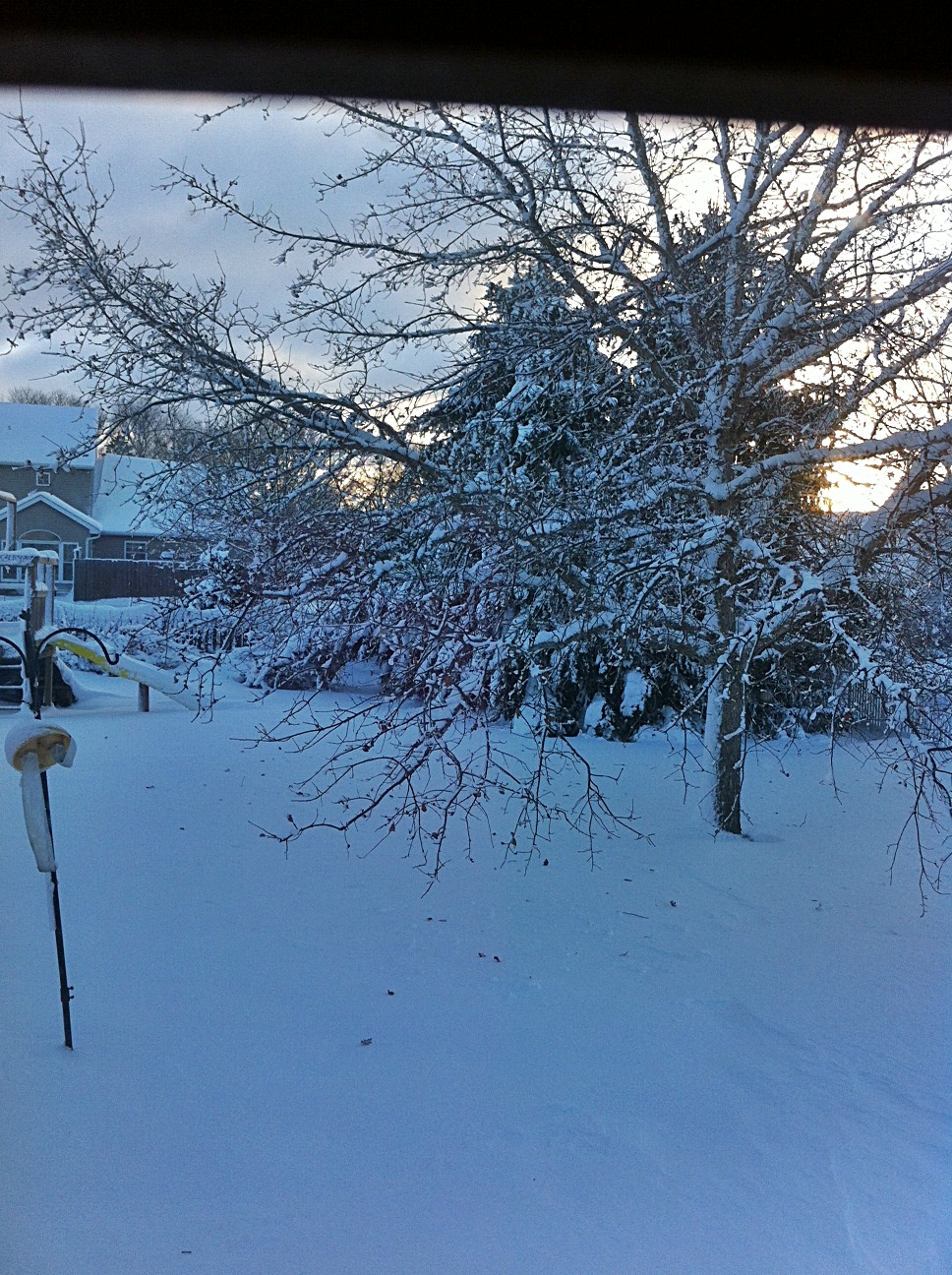 It is winter in Wisconsin, and it has arrived with a blizzardy vengeance. My family and I are snowed in for the second day, and as I write this I am trying not to think of the twelve plus inches of snow that covers my driveway. I am afraid to measure the height of the drifts.
It is winter in Wisconsin, and it has arrived with a blizzardy vengeance. My family and I are snowed in for the second day, and as I write this I am trying not to think of the twelve plus inches of snow that covers my driveway. I am afraid to measure the height of the drifts.
The world outside my window is beautiful. Tree limbs and fence posts are frosted in white. There is a LOT of snow out there, and that made me stop and think, there is an awful lot of uniqueness out there. IF every snowflake is unique. And according to a local Wisconsin snowflake expert, University of Wisconsin, Madison, meteorology professor Pao Wang, they aren’t. At least they aren’t when you look at them with the naked eye.
Snowflakes are built off the hexagonal shape that water droplets form as they freeze into crystals. The basic shapes include hexagonal plates, simple columns, thin columns, needles, and stellar, crystal or branched shapes. These different shapes can combine to create incredibly complex shapes and patterns. These complexes will reflect the temperature and humidity under which the crystals are formed.
The patterns can be widely varied, but they are not infinite.
If, like me, you grew up with white winters that tantalized you with the idea that all those drifts are made of unique flakes, there is a crystal of hope. Dr. Wang concedes that, when looked at under high magnification, you can always find something different about each one.
So for now, I will enjoy a cup of coffee and marvel at all the beautiful uniqueness outside my window.
I am sure it will be much less marvelous once the shoveling starts.
Kelly Grooms
Latest posts by Kelly Grooms (see all)
- Tardigrade Proteins Might Solve the Cold Chain Problem for Biologics - October 17, 2024
- Mpox—The Latest Zoonotic Virus Making Headlines - September 12, 2024
- The Battle of Shiloh’s Angel’s Glow: Fact, Civil War Legend or Modern Myth? - July 11, 2024
